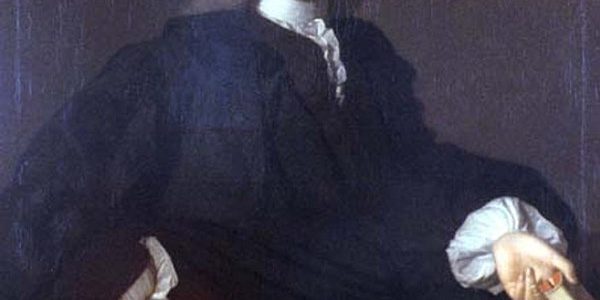This article wonders what powers the avidity of young Bitcoin millionaries for streetwear (https://www.gq.com/story/bitcoin-streetwear-overlap). The early eighteenth century Francis Hutcheson can explain. Hutcheson was Adam Smith’s teacher at Glasgow University.
Here’s one of the youth millionaires: “They’re like nerdy rappers,” Finman says of his peers. “Just the way that people flex in the crypto community, [streetwear’s] become a huge status symbol in the new crypto rich.”
Hutcheson continued the work of one of V&R’s favourites, the Earl of Shaftesbury, insisting that humans naturally respond to beautiful things: beauty being complex symmetry, or “uniformity amidst variety,” as Hutcheson puts it. Hutcheson claims that we have an inner appreciative sense. This sense is a broader version of the commonly accepted idea that some have of a good ear for musical judgement.
One example of “uniformity amidst variety” is a theorem (the abstract idea and valuation of cryptocurrency) and another is “the Pleasures of Beauty, Order, and Harmony,” for which property is requisite (streetwear). Nature pushes upon all — even the Puritan — “Pursuits of Beauty and Order in their Houses, Gardens, Dress, Table, Equipage” (p. 77).

Hutcheson explains this and more in his excellent 1725 An Inquiry into the Original of Our Ideas of Beauty and Virtue (Liberty Fund, 2008). I hope soon to discuss more the tremendous continuity between this book and Smith’s classic 1759 Theory of Moral Sentiments.






